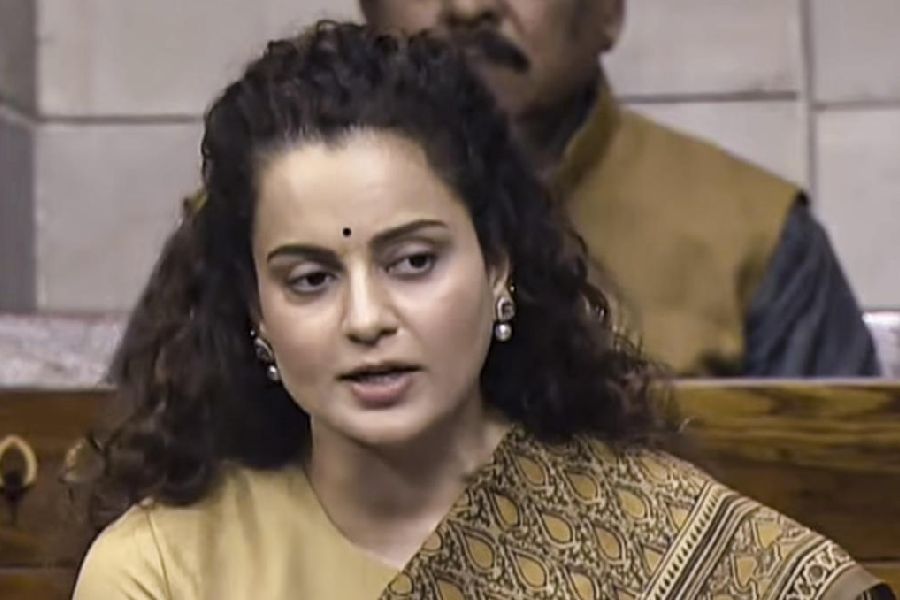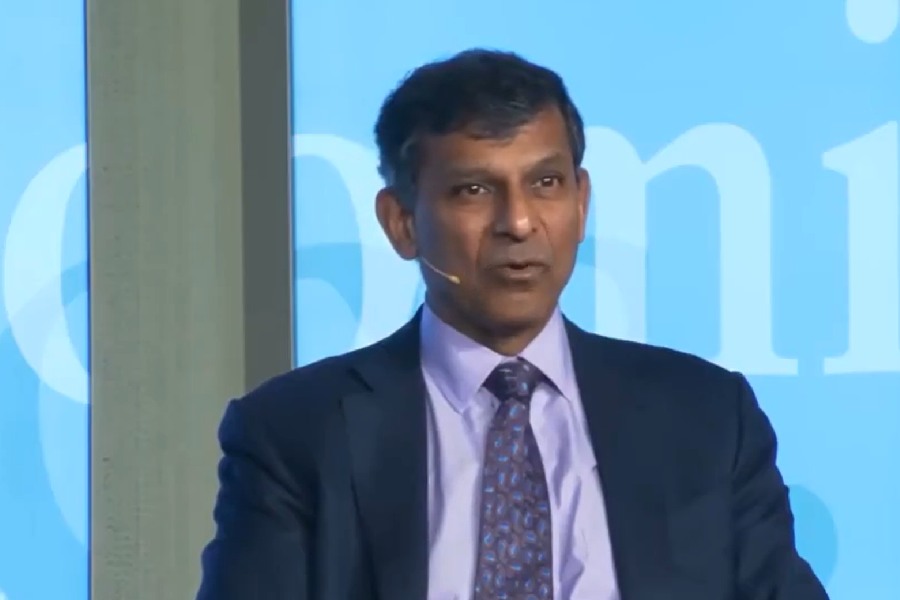The finance ministry may assess the capital requirement of public sector banks after the September quarter as there would be greater clarity about a spike in bad loans by that time, sources said.
There is widespread fear that non-performing assets (NPAs) of the banks will witness a surge because of the economic slowdown triggered by the Covid-19 outbreak and resultant lockdowns. This will need higher provisioning by banks under the Reserve Bank of India’s (RBI) guidelines.
However, there could be a silver lining if the RBI accepts the request of loan restructuring for sectors hit badly by the coronavirus pandemic, sources said.
The pain of NPA will surface only after the extended moratorium ends in August, the sources said, adding it will be appropriate to assess the capital requirement only after the second-quarter numbers are finalised.
Veteran banker and CII president Uday Kotak had said the public sector banks would need financial support from the government to drive the economy, while private sector banks need to raise capital from various sources to meet the future challenges.
“The Covid-19 outbreak and the resulting lockdown has impacted adversely the real economy, businesses, individuals, government and financial sector.
“While the government is facing the risk of higher fiscal deficit, the banking sector urgently needs the recapitalisation to the tune of Rs 3-4 lakh crore to meet the lending requirements,” he had said last month.
Rating agency Fitch has estimated a shortfall of $15 billion (about Rs 1.25 lakh crore) by Indian banks to achieve a 10 per cent weighted average common equity tier-1 ratio under moderate stress and in the absence of which banks would show high risk aversion.










